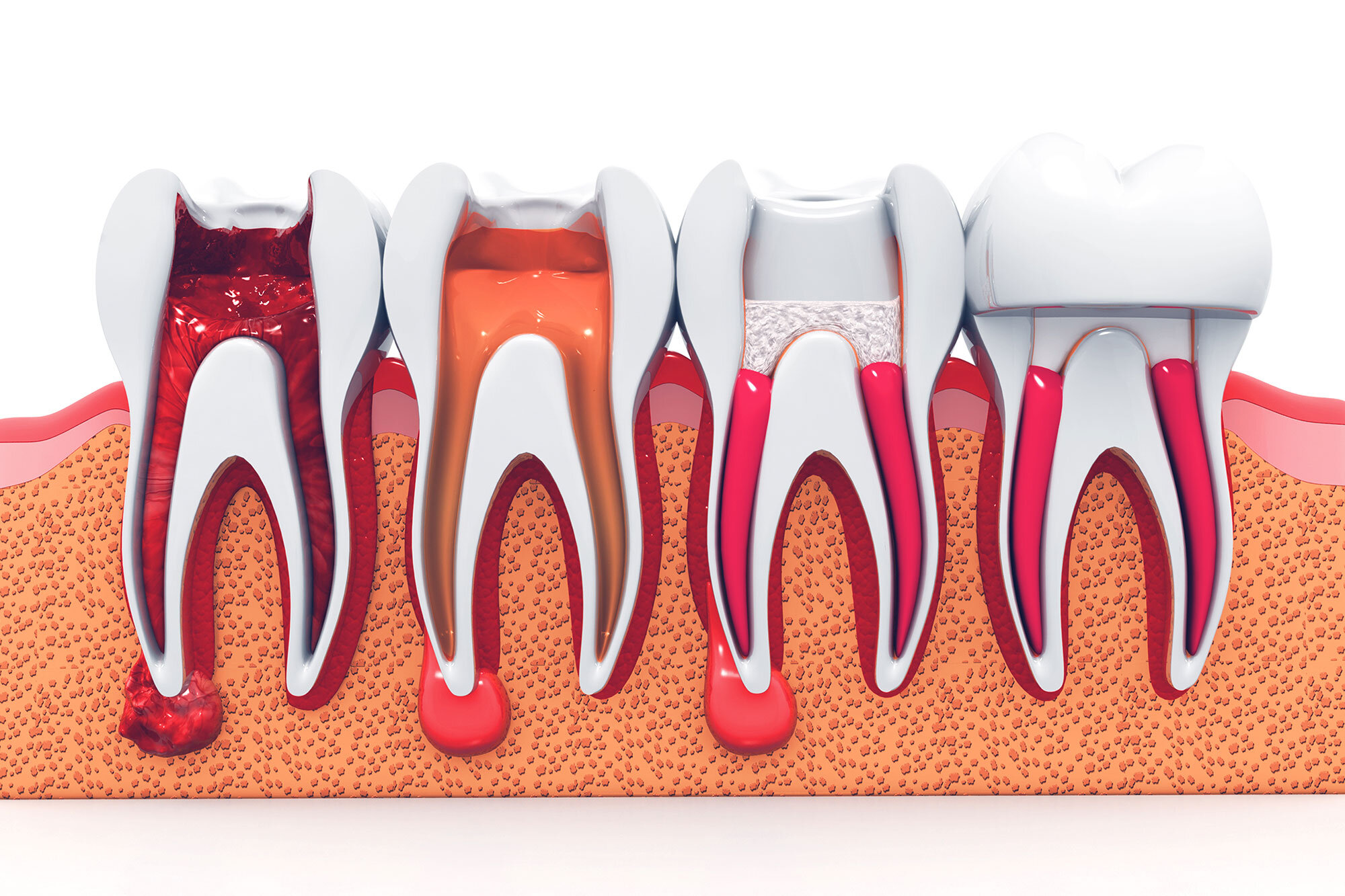Root Canal
A dental decay, if left untreated, can progress deep inside the tooth and end up destroying the pulp tissue. While conventional method of dealing with an infected tooth is by tooth extraction, a root canal is a more sustainable means because it does not involve removing the remediable tooth.
The root canals of the teeth are comprised of nerves as well as blood vessels. When a decay reaches the pulp tissues of the teeth, they get inflamed and eventually die. Once the pulp tissues decay, it is replaced with pus and other infected materials causing immense pain and swelling. In severe cases, the infection can also damage the surrounding bone structures causing tooth abscess.
How Is the Root Canal Procedure Done?
Also called endodontic treatment, the root canal treatment cleans and sanitizes the root canal by removing the infected tissues. First, the dentist needs to access the pulp tissues by drilling on the upper layer of the teeth. Next, the interior of the tooth is cleaned. This procedure may take multiple visits to complete depending on the tooth that is infected. Once the infected tissues are removed and the interior of the tooth is cleaned, fillings are placed by the dentist before it is sealed with a crown.
What to Do After the Treatment?
Aftercare, after undergoing the procedure, is very easy. Make sure that you refrain from consuming hard foods until the treatment is done. Eating hard food like candies can cause the crown to chip and expose the temporary filling. It is also crucial to maintain good oral hygiene by regularly brushing and flossing your teeth.
The root canal procedure may take multiple sessions to complete but it saves you the trouble of having your infected teeth removed. This is a great option for people who dislike the idea of wearing dentures. And with proper dental hygiene, your root canal treatment will last you a lifetime.
